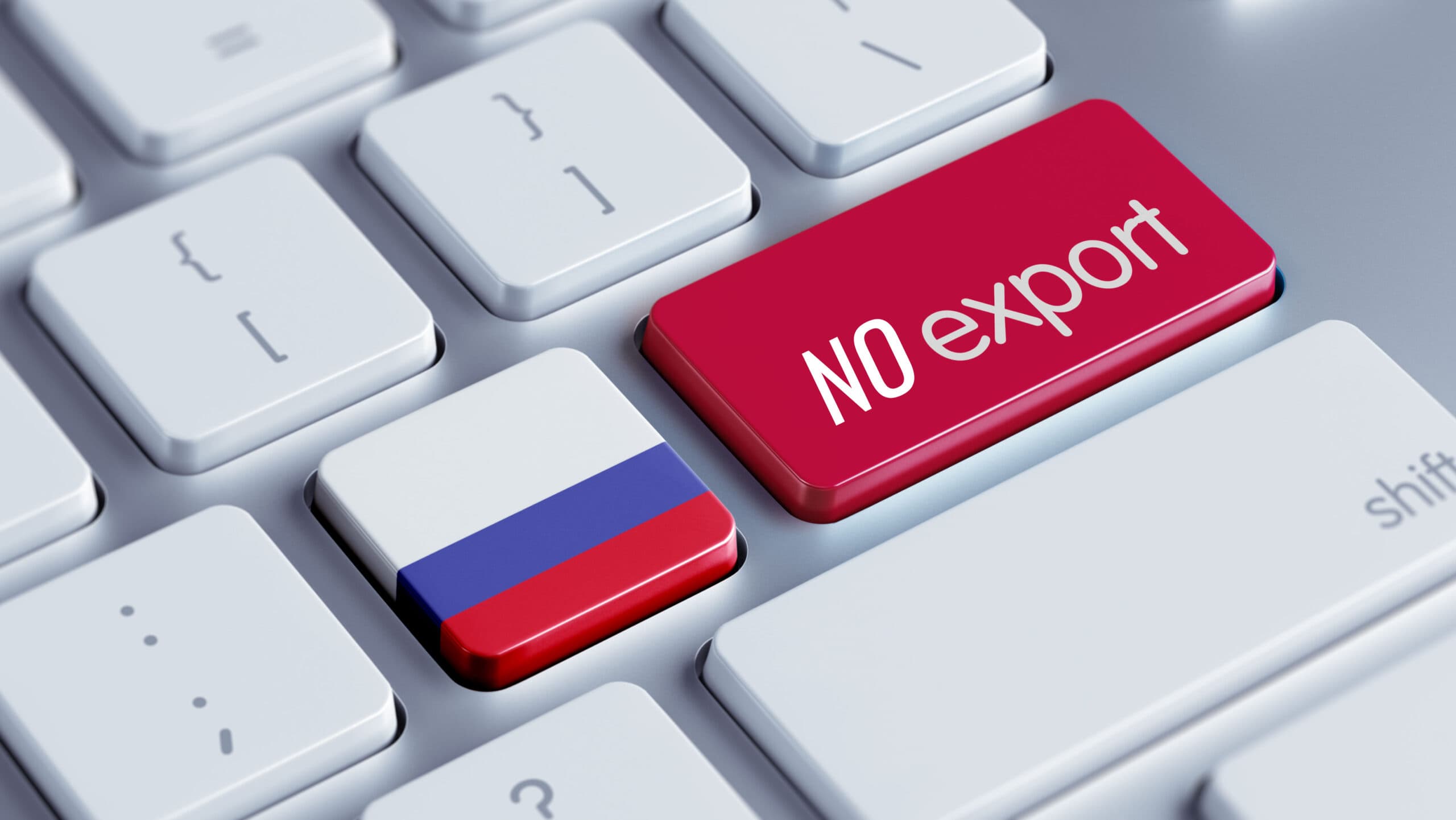
In response to the Russian Federation’s further invasion of Ukraine, the Biden Administration issued a sweeping series of new export control measures on technology and products against Russia and Russia-related entities. The measures, which are quite extensive, have the potential to impact a wide range of companies and industries. It’s critical for leaders of exporting companies to familiarize themselves with these new regulations, an update of the U.S. government’s Export Administration Regulations (“EARs”), and ensure compliance.
The Bureau of Industry and Security (“BIS”) of the U.S. Commerce Department issued a Final Rule, which includes the following restrictions:
As a result of these new export control measures, it is important for importers and exporters to understand:
Exporters can take certain steps to reduce risk and comply with the Final Rules. Generally speaking, it is recommended to maintain a written export control compliance policy, and effective internal implementation, management, training and self-audit processes. Additionally, exporters may wish to consider some specific actions based on the Final Rule.
By understanding the Final Rules in terms of the technology, implicated entities, processes for classification and licensing, exporters can address and minimize risk at an earlier stage. It is also recommended to monitor for potential BIS updates, as well as understanding other areas of regulation, such as OFAC sanctions.
Patrick Ross, Senior Manager of Marketing & Communications
EmailP: 619.906.5740
Suzie Jayyusi, Events Planner
EmailP: 619.525.3818